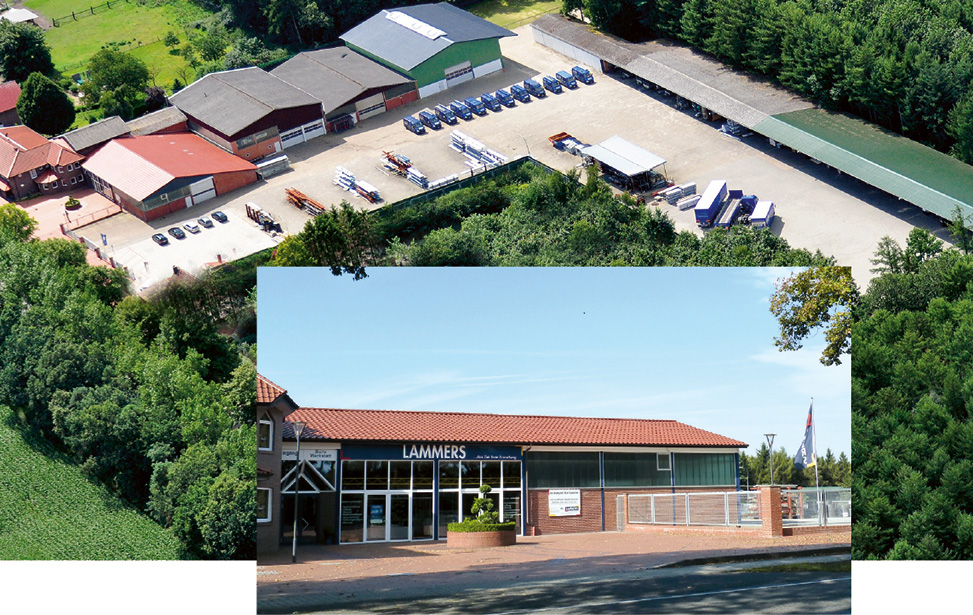A recent report sheds light on the significant contribution of rural America to annual greenhouse gas emissions in the United States. According to the findings, at least 36% of these emissions, equivalent to 2,263 million metric tons of CO2, originate from rural areas. However, the majority of these emissions are linked to the production of energy and food for urban and suburban populations.
Unequal Burden and Lack of Investment
Despite being the source of emissions, rural communities, especially those that are low-income and communities of color, bear a disproportionate burden of the associated health and environmental risks. Maria Doerr, the lead author of the report and program officer for the Rural Climate Partnership, emphasizes the need for targeted investments in rural areas to address these emissions.
Sources of Emissions
The report identifies energy production and agriculture as the primary sources of greenhouse gas emissions in rural America. Additionally, industries such as natural gas, petroleum, and cement manufacturing contribute significantly to emissions. Transportation and residential energy usage also play a role, albeit to a lesser extent.
Impact on Rural Communities
Rural power plants, which produce a significant portion of the emissions, primarily serve urban and suburban areas. Consequently, rural communities are exposed to harmful air pollutants without reaping the benefits of the energy they generate. This disparity exacerbates health disparities, particularly affecting low-income and minority residents.
Call for Action
Despite federal efforts to reduce emissions, rural America has been overlooked in terms of investment. Only a small fraction of funding from major climate legislation is allocated specifically to rural communities. The report underscores the urgent need to prioritize rural areas for funding and support in combating climate change.
Conclusion
The report by the Rural Climate Partnership highlights the critical role of rural America in greenhouse gas emissions and the need for targeted investment to address this issue. By acknowledging and addressing the unique challenges faced by rural communities, policymakers can advance climate solutions that benefit all Americans.










